To ensure that the public education system delivers on its promise of great outcomes for all kids, we need a shared understanding of the facts to help us assess the system, identify challenges, and develop viable solutions.
This report presents a balanced assessment of the status of education in the United States by aggregating high quality research and data from numerous credible sources. Each chapter describes the context and the current state of play in each focus area and highlights key policy issues and trends affecting public education now and in the future.
Chapters at a Glance >
Chapter One
Student Achievement
Student achievement in the United States is improving slowly and steadily over the long term. But substantial differences persist among states, districts, and student demographics. The major message from national data is that the United States has much work to do.
Read Chapter OneChapter Two
Accountability, Standards, and Assessment
The national policy landscape for accountability is more varied than ever, and changing fast. The current era is marked by unprecedented transparency, shifting roles for federal and state governments, and fluctuation in the policy climate. This chapter traces the evolution of standards-based accountability over the past few decades–documenting policy trends, implementation, and impact.
Read Chapter TwoChapter Three
School Finance
The United States is among the highest spenders for education in the developed world, and total funding has grown rapidly over the past 20 years. But with state policy driving the allocation of the lion’s share of school funding, education financing across the country varies significantly among communities in terms of how much is spent, how funding is allocated, and where the money comes from.
Read Chapter ThreeChapter Four
Teacher Effectiveness
Other than students, teachers are the most influential part of the American education system. Acknowledging this influence and the lack of strong evidence supporting links between teacher effectiveness and traditional metrics that have driven teacher retention and compensation policies for decades, recent policy conversations have focused on new ways of measuring and rewarding effectiveness. But the field still lacks consensus on how the data we have on student outcomes tracks to teacher performance, and how these measures can or should be used to inform critical decisions regarding teachers’ employment.
Read Chapter FourChapter Five
Charter Schools
Charter schools serve a small but growing proportion of U.S. public school students, but they are an increasingly signficant–and often innovative–part of the national education landscape. On average, charter schools show higher achievement than traditional public schools, especially with traditionally underserved student groups and in urban environments. But there is significant variation across states, schools, and student populations in the approach to autonomy, accountability, and management of the charter school sector.
Read Chapter FiveChapter Six
Philanthropy in K-12 Education
In this chapter, we examine the role of philanthropic support for education in the U.S.. Although the absolute amount of philanthropic investment in education ($1.8 billion in 2012) is significant, this funding represents less than 1% of total public K-12 funding, raising questions about the level of impact philanthropy can have at a systemic level. More recent trends in philanthropic investment rely more on a change-oriented and data-driven approach, with increased focus on disrupting traditional institutions and structures and research and advocacy efforts to create policy environments supportive of reform.
Read Chapter SixScroll down for expanded chapter overview >
Chapter 1: Student Achievement
The major message from national measures of student achievement is that the United States has much work to do.
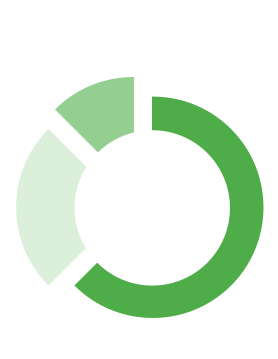
Large proportions of students perform below grade
level in reading and math.
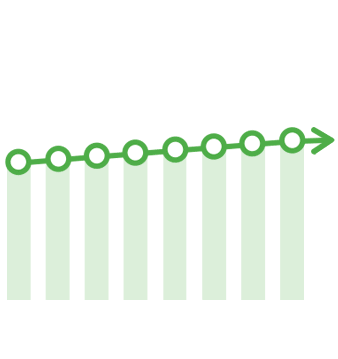
Though student achievement has improved over time,
the rate of improvement is slow.

High school graduation rates have increased to an
all-time high exceeding 80 percent in recent years.
Chapter 2: Accountability, Standards, and Assessment
Following over a decade of strong federal accountability structures, states are now embarking on the creation of new state-designed accountability systems, possibly featuring very different strategies from recent years and from each other. And with new, more rigorous standards and assessments in the early years of implementation across most states, and facing political headwinds in many places, the current policy climate is marked by fluctuation and uncertainty.
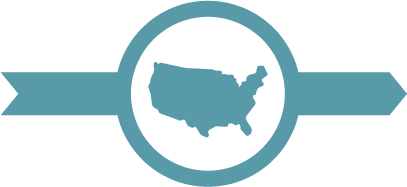
State-driven standards-based accountability systems with little federal guidance
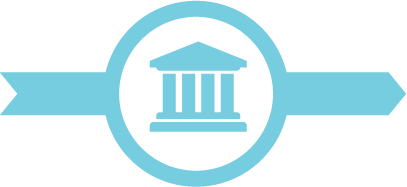
Federally mandated system in which states create standards, assess performance, and impose sanctions for low-performing schools based on federal requirements
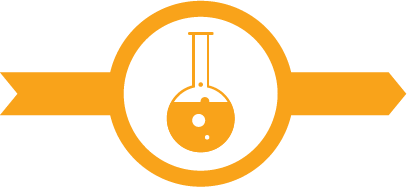
Increased state flexibility and experimentation with federal guidance under waivers from federal law, shifting to even greater state control of accountability systems design under the Every Student Succeeds Act
Chapter 3: School Finance
The United States is among the highest spenders for education in the developed world, and total funding for public education has grown rapidly over the last 20 years, outpacing growth in both population and inflation.
Total Public Education Expenditures, 2012-2013
(Local, State, and Federal) $606,490,475,342
Chapter 4: Teacher Effectiveness
The national conversation on education policy has focused heavily on teacher quality in recognition of the strong influence of effective teachers on student outcomes. Recent policy debate has centered on defining measures of teacher quality, including student outcomes, and structuring incentives for teachers based on performance.

Percent of states that require annual evaluations for all teachers.
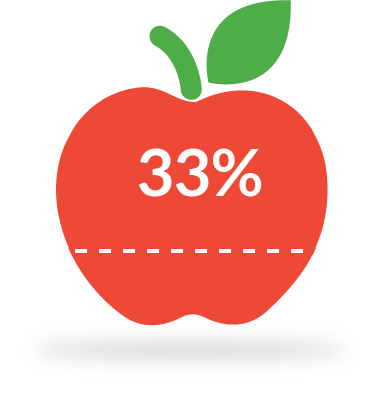
Percent of states where student achievement is a significant factor in teacher evaluations.
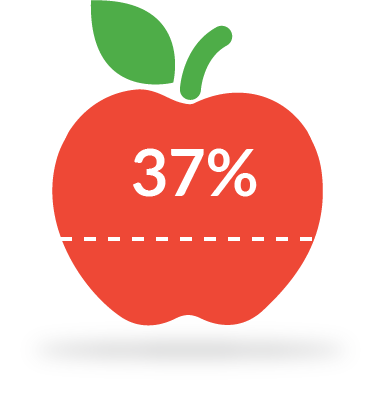
Percent of states where teacher evaluations factor in objective evidence of student learning.
Chapter 5: Charter Schools
The charter school theory of action trades autonomy for accountability–allowing schools freedom from regulations imposed on school districts in exchange for meeting established performance goals. And though results vary across and within communities, in many cases, the theory is proving out. On average, charter schools achieve better outcomes than traditional public schools, particularly with traditionally underserved student groups and in urban areas.
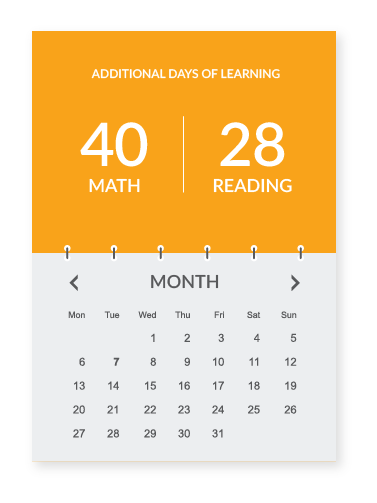
Additional Days of Learning
24 urban cities had charter sectors that produced greater learning gains (measured in days) in reading and math than district peers.
Chapter 6: Philanthropy in K-12 Education
Historical data on grantmaking in education suggests that most grants support the status quo by providing additional support for activities in which public schools already engage. But more recently, some of the largest and often newest philanthropic investors are departing from this strategy and aiming to drive systemic change.
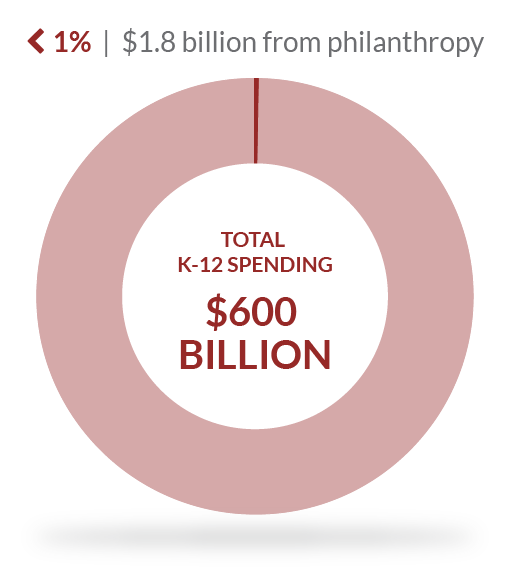 Read Chapter Six
Read Chapter Six